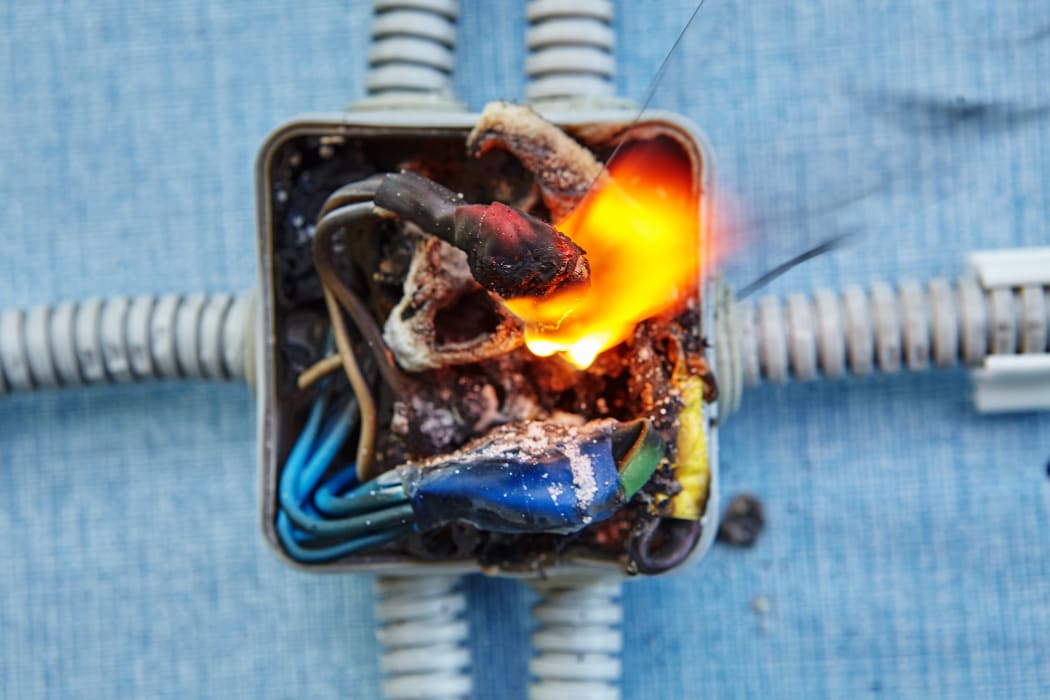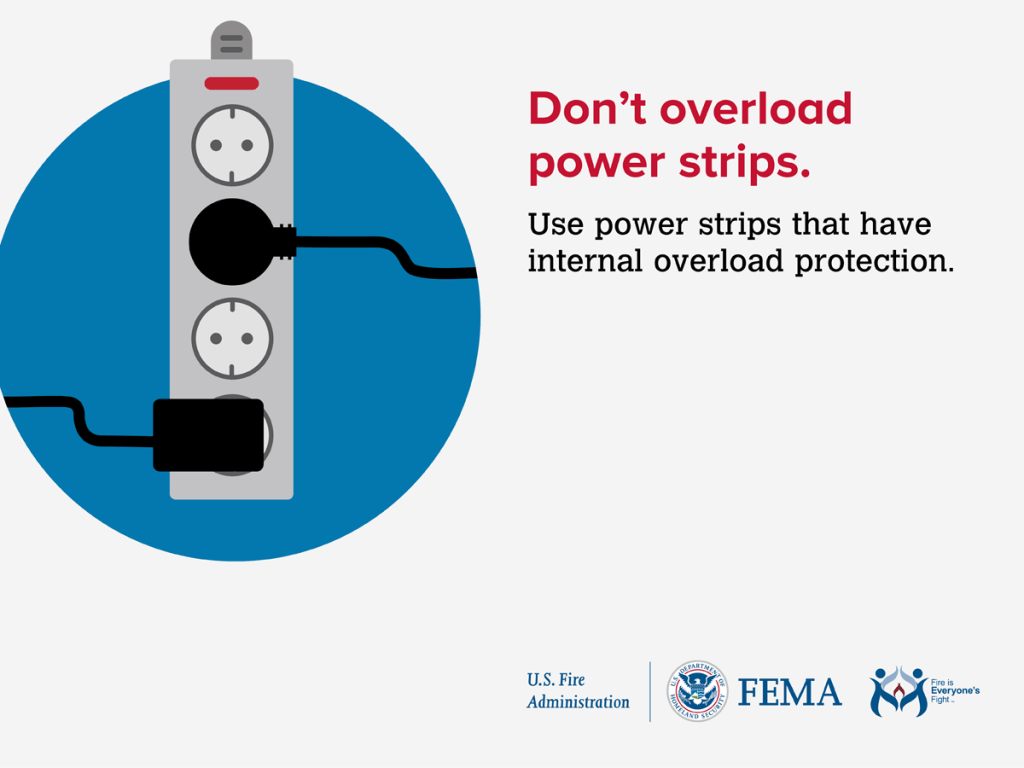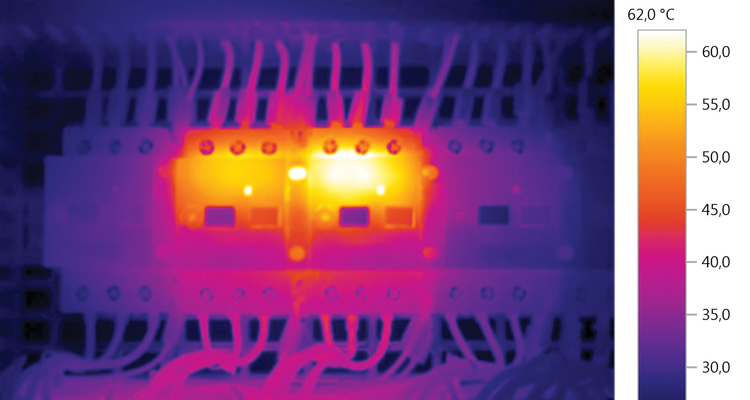July 19, 2025
Are you tired of dealing with flickering lights, tripping circuit breakers, and the constant worry of potential electrical fires? You're not alone. Electrical faults can be a headache for homeowners and business owners alike, but fear not – there are effective methods for locating and addressing these issues. From common causes of electrical faults to the signs that indicate their presence, this blog will explore the importance of professional fault locating and the role of licensed electricians in the process. We'll also delve into the advanced technology used for fault detection and the steps involved in pinpointing these elusive issues. Additionally, we'll discuss the challenges in locating hidden electrical faults and provide preventive measures to avoid them. And if you're looking to hire professional electrical services for fault locating, we've got you covered with tips on how to find the right experts for the job. So, buckle up and get ready to learn about the fascinating world of electrical fault locating – because once you have the knowledge and tools at your disposal, those pesky electrical faults won't stand a chance!
Worn-out wiring is one of the most common culprits behind electrical faults. As wires age, they become more susceptible to damage and can eventually lead to short circuits or other malfunctions in the electrical system. Regular inspection and maintenance of wiring can help prevent these issues.
Overloaded circuits are another frequent cause of electrical faults. When too many devices are connected to a single circuit, it can exceed its capacity and result in overheating or tripping breakers. This not only poses a safety hazard but also increases the risk of equipment damage or fire.
Moisture and corrosion can also lead to electrical faults, especially in outdoor or damp environments. Water intrusion or exposure to corrosive substances can deteriorate the insulation on wires, create ground faults, and ultimately compromise the integrity of the entire electrical system.

Credits: rnztools.nz
Do you ever notice your lights flickering for no apparent reason? Or catch a whiff of a burning smell coming from your electrical outlets? These are all signs that there could be an electrical fault in your system. It's important to pay attention to these warning signals as they could indicate potential safety hazards.
Another common sign of an electrical fault is when circuit breakers frequently trip. If you find yourself constantly having to reset the breaker, it may be a sign that there is an underlying issue within the electrical circuit. Ignoring these warning signs can lead to more serious problems down the line, so it's crucial to address them as soon as possible.
In some cases, simply being aware of the signs of electrical faults can prevent major disasters. By staying vigilant and addressing any issues promptly, you can ensure the safety and functionality of your electrical system.

Credits: ssvfd.org
Professional electrical fault locating is crucial for ensuring the safety of residents and property. By identifying and resolving electrical faults, the risk of electrical fires is significantly reduced, providing peace of mind to homeowners and building occupants. Additionally, professional fault locating helps in preventing potential damage to expensive electrical systems, saving both time and money in the long run.
Attempting to locate electrical faults without professional expertise can lead to dangerous situations. It's important to entrust this task to skilled professionals who have the knowledge and proper equipment to handle such issues safely. With their expertise, they can accurately pinpoint faults and address them effectively, minimising any further risks or hazards within the electrical system.
Choosing professional fault locating services is essential for maintaining a safe environment within residential or commercial spaces. The value of professional expertise cannot be overstated when it comes to protecting against potential fires and avoiding costly damage caused by unresolved electrical faults.

Credits: powerquality.blog
When it comes to locating electrical faults, using advanced technology is the key to quick and accurate detection. One such method is infrared thermography, which uses thermal imaging cameras to identify hot spots in electrical circuits. These hot spots can indicate potential issues such as loose connections or overloading, allowing technicians to address them before they lead to costly downtime or safety hazards.
Another cutting-edge technique for fault detection is ultrasonic testing, which involves the use of high-frequency sound waves to detect abnormal vibrations within electrical equipment. This method can pinpoint faults such as arcing or corona discharge that may not be visible through traditional inspection methods. By utilising ultrasonic testing, technicians can proactively identify and resolve potential issues before they escalate into major problems.
Additionally, power quality analysis has become an indispensable tool for locating electrical faults. By monitoring various parameters such as voltage fluctuations and harmonic distortion, this method enables technicians to pinpoint the root causes of issues like flickering lights or equipment malfunctions. With comprehensive power quality analysis, faults in electrical circuits can be swiftly identified and addressed with precision.
When it comes to locating electrical faults, licensed electricians play an invaluable role in ensuring the safety and functionality of electrical systems. With their expertise in troubleshooting, they are able to quickly identify and rectify any issues, minimising downtime and potential hazards. Their ability to navigate complex circuits and pinpoint the source of a fault is unmatched, making them essential for maintaining reliable electricity supply.
In addition to their technical skills, licensed electricians also adhere to strict safety regulations when conducting fault finding. By following industry standards and guidelines, they ensure that all diagnostic work is carried out with the utmost care and attention to detail. This commitment to safety not only protects the electrician themselves but also safeguards the property and anyone who interacts with the electrical system.
Furthermore, licensed electricians have access to specialised diagnostic tools that enable them to efficiently locate electrical faults. These advanced instruments allow for accurate testing and analysis, leading to precise identification of any underlying issues within an electrical circuit. The combination of their skillset and cutting-edge equipment makes licensed electricians indispensable for effective fault finding.
When it comes to locating electrical faults, the first step is visual inspection. This involves carefully examining the electrical circuits and equipment for any signs of damage or wear. Look out for frayed wires, loose connections, or burn marks that could indicate a fault. A thorough visual inspection can often reveal the source of the problem and point you in the right direction for further testing.
Next, conducting continuity tests is essential in pinpointing electrical faults. These tests involve checking if there is a complete path for current flow through a circuit. By using a multimeter or continuity tester, you can identify any breaks or interruptions in the circuit that may be causing the fault. This method allows you to systematically test different parts of the circuit until the fault is located.
Finally, isolating circuits for testing can help narrow down the location of an electrical fault. By disconnecting different sections of a circuit and individually testing them, you can determine which part is causing the issue. This process eliminates potential sources of interference and makes it easier to pinpoint exactly where the fault lies.
Concealed wiring can be a real headache when it comes to pinpointing electrical faults. The wires are tucked away behind walls, making it difficult to access and identify the source of the problem. This requires extra effort and expertise to locate and fix the fault without causing any damage.
intermittent faults pose another challenge as they can occur unpredictably and disappear just as quickly, making them elusive to detect. Such faults may only manifest under specific conditions or at certain times, adding complexity to the troubleshooting process. It becomes essential for electricians to employ advanced techniques and tools for detecting these intermittent issues effectively.
In addition, identifying faults within electrical appliances can be tricky because they are often compactly designed with intricate internal components. It's crucial to have a deep understanding of how these devices function in order to discern where the fault lies within them. Moreover, specialised diagnostic equipment is sometimes necessary for accurately locating these hidden defects.
Regular maintenance of electrical systems is essential to prevent faults from occurring. By scheduling routine inspections and servicing, potential issues can be identified and addressed before they become major problems. This proactive approach not only ensures the safety of the electrical system but also helps in avoiding costly repairs or replacements in the future.
Upgrading to modern wiring is another effective preventive measure against electrical faults. Outdated wiring may not be equipped to handle the demands of modern appliances and technology, increasing the risk of faults and hazards. By investing in updated wiring, homeowners can reduce the likelihood of electrical issues and enjoy a more reliable and efficient power supply.
Installing surge protectors is a simple yet crucial step in safeguarding your electronics and appliances from electrical faults. Surge protectors help regulate voltage spikes caused by power surges, lightning strikes, or other external factors that could damage sensitive equipment. By adding this extra layer of protection to your home's electrical system, you can minimise the risk of faults and prolong the lifespan of your devices.
When it comes to locating electrical faults, hiring professional electrical services can make a world of difference. One of the first steps in ensuring you hire the right electrician is to check for valid licences and insurance. This not only ensures that the electrician is qualified but also protects you from any liability in case of accidents or damages during the fault locating process.
Seeking referrals and reviews is another effective method for finding reliable electrical services for fault locating. Whether it's through word-of-mouth recommendations or online reviews, hearing about others' experiences with a particular electrician can give you valuable insight into their work quality and professionalism. It's always beneficial to gather as much information as possible before making a decision.
Inquiring about experience and expertise is crucial when hiring an electrician for fault locating. Ask about their track record in identifying and resolving electrical faults, as well as their familiarity with different types of electrical systems. A knowledgeable and experienced electrician will have the skills to efficiently locate faults in your electrical circuits, giving you peace of mind knowing that your issue will be resolved effectively.
At EA Electrics, we understand the importance of reliable and professional electrical services for local residents and businesses in South West Sydney. Our team of experienced electricians is dedicated to providing top-notch electrical installations, repairs, and maintenance to ensure the safety and efficiency of your property. Whether you need wiring upgrades, lighting installations, or emergency electrical repairs, we have the expertise and resources to meet your needs. Trust EA Electrics for all your electrical needs and experience the peace of mind that comes with reliable and professional service.
Electrical faults are abnormalities or malfunctions in an electrical system that can cause a disruption in the flow of electricity.
To locate electrical faults in your home, you can start by checking for tripped circuit breakers, inspecting outlets and switches for signs of damage, and using a multimeter to test the continuity of electrical circuits.
Common signs of electrical faults include flickering lights, frequent circuit breaker trips, burning smells, buzzing sounds, and outlets or switches that are warm to the touch.
While some electrical faults can be easily identified and resolved by homeowners, it is generally recommended to seek professional help for complex electrical faults to ensure safety and proper repairs.
Advanced methods for locating electrical faults include using thermal imaging cameras to detect hotspots, performing insulation resistance tests, and conducting power quality analysis to identify underlying issues.
TL;DR: Electrical faults can be caused by worn-out wiring, overloaded circuits, and moisture. Signs include flickering lights and a burning smell. It's important to hire licensed electricians for fault locating, as they have access to advanced technology and expertise in troubleshooting. Preventive measures include regular maintenance, upgrades, and surge protectors.